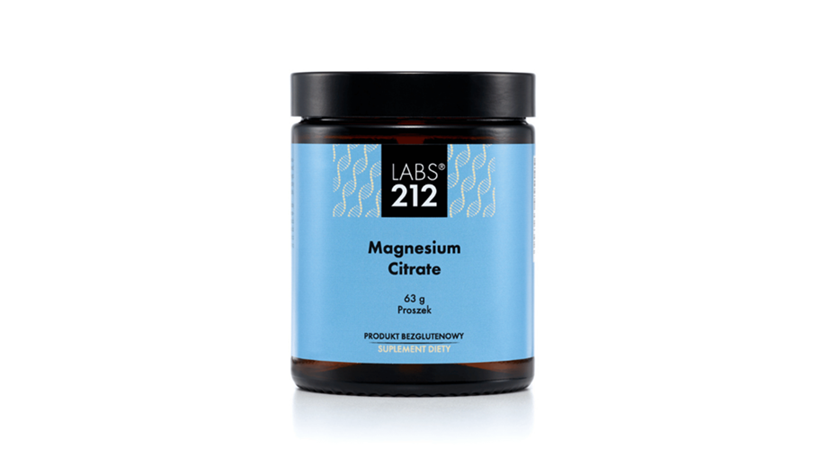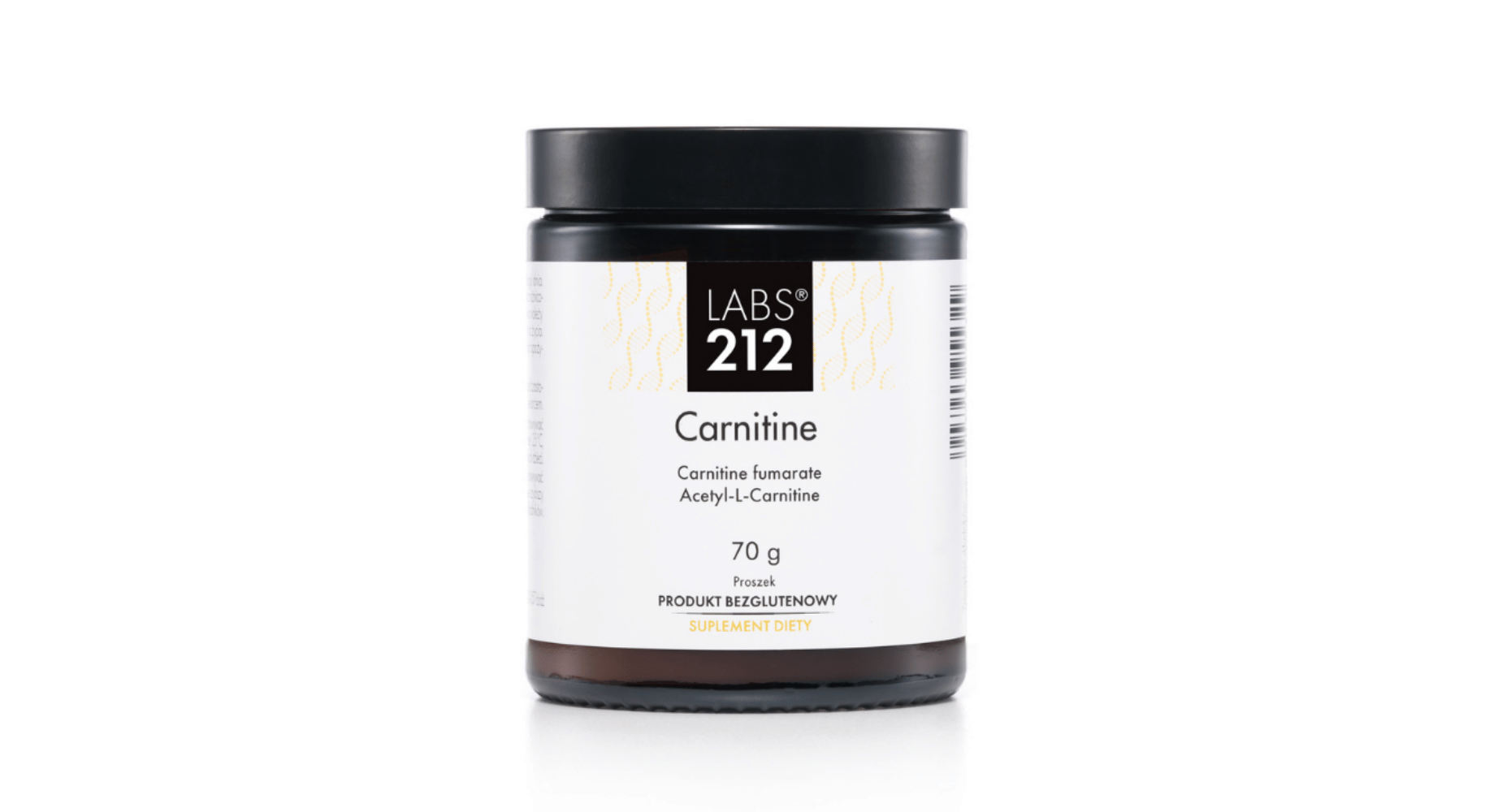Safe shopping guarantee. You will receive your product or your money back. See details
Magnesium taurate, malate + Magnesium Citrate + Zinc Complex Powder Bundle
Original price was: 279,97 zł.219,99 złCurrent price is: 219,99 zł. Previous lowest price was 279,97 zł.
Three independent dietary supplements provided in powders: Magnesium taurate, malate and Magnesium Citrate, and Zinc in three forms (gluconate, picolinate and citrate).
Dietary supplement
Magnesium taurate, malate + Magnesium Citrate + Zinc Complex Powder Bundle
Magnesium taurate, malate
Magnesium citrate
Zinc Powder Complex
Supports the nervous system and maintains normal psychological functions
Tested microbiologically, for heavy metals and ethylene oxide
Servings per container magnesium taurate, malate: 70, magnesium citrate: 78, zinc: 562.
279.97 zł
219.99 zł
484 in stock
Price per 100 g: 108,91 zł

Previous lowest price was 279,97 zł.
With our promotion you save 59.98 zł!

Discover the secrets of magnesium and zinc
The best time to take magnesium is rather an ambiguous issue as there are two schools. Magnesium can have a stimulating or calming effect, depending on its form, but also the demand or deficiencies in the body. We recommend that you find your own optimal intake time, whether in the morning, during the day or in the evening.
Zinc is recommended to be supplemented after a meal, as consumption on an empty stomach may cause short-term nausea.
Magnesium salts have a very large volume. In the case of tablets or capsules, the daily serving is generally provided in 3-4 pieces in the largest size. Magnesium powder added to water is a better alternative for many people, especially if they have problems with swallowing several large tablets throughout the day or are reluctant to do it.
Magnesium is found in combination with organic or inorganic salts. To be absorbed effectively, the magnesium salt must first dissolve and release Mg2+ ions (the so-called free form). The human requirement refers to magnesium cations (Mg2+) and not to the entire compound found in the product. The mineral salt content specified on some labels is not the same as the ion content. Magnesium compounds differ in their molar mass and percentage magnesium content (as Mg2 ions). To illustrate:
1/ Magnesium citrate contains 15.4% magnesium ions, which means that in 1 gram of magnesium citrate, there are 154 mg Mg2+.
2/ Magnesium taurate contains 11% magnesium ions, which means that in 1 gram of magnesium taurate, there are 110 mg Mg2+.
The percentage values are always specified in the raw material certificates and may vary. Above are examples of the most common molar masses.
The human requirement refers to magnesium cations (Zn2+) and not to the entire compound present in the product For zinc to be absorbed in the body, its salt must first dissolve and release Zn2+ cations (the so-called free form). To sum up, the more salt is dissolved, the more zinc will be absorbed.
Mineral compounds as well as zinc compounds differ in molar mass and percentage zinc content (as Zn2 ions), for example:
1/ Zinc citrate contains between 31 -34 % zinc ions, i.e. there are 310-340 mg Zn2 in 1 gram of zinc citrate.
2/ Zinc picolinate contains between 20-21 % zinc ions, so there are 200-210 mg Zn2 in 1 gram of zinc picolinate.
3/ Zinc gluconate contains approximately 14 % zinc ions, i.e. there are 140 mg Zn2 in 1 gram of zinc gluconate.





